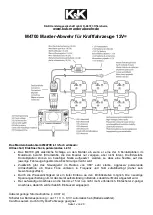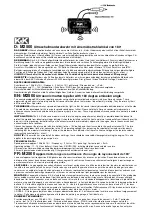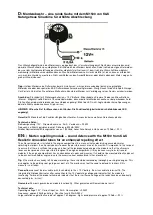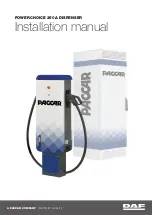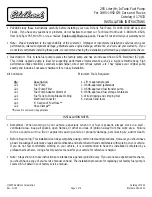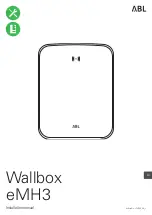
100
Seat and Restraint System
Infants
Everyone in the vehicle needs to be pro-
tected. This includes the infants. Neither the
distance of the travel nor the ages or
shapes of the travelers can change this
requirement. It is necessary for everyone to
use safety restraints.
If the shoulder belt becomes twisted
around a child’s neck, the child may
be seriously injured or strangled when the
belt is retracted continuously. Do not leave
children unattended in the vehicle and do
not let children play with the seat belts.
The airbags, in combination with the crotch/
shoulder belts can provide protection for the
adults and older children. However, this is
not so for the infants. The seat belt system
and airbag system of the vehicle is not
designed for protecting the infants and chil-
dren. Proper child restraint devices shall be
used each time the infants are on the vehi-
cle to protect them.
The improperly restrained child may hit
other persons or be thrown out of the vehi-
cle.
Never wear a seat belt like this.
Never hold infant or child in your
arms while riding. Nobody could be able to
hold them during a collision, as the infant or
child may become very heavy as a result of
the impact of a collision. For example, if a
collision occurs while the vehicle speed is
only 40 km/h, a force of 110 kg may be
applied to the arms of the holder suddenly
by a 5.5 kg infant. The infant should be
restrained into a suitable restraint system.
Never wear a seat belt like this.
If the children are snug against the
airbags or too close to the airbags, they
may be seriously injured or killed when the
airbags inflate. Never place a rear-facing
child restraint on the front seat RH. The
rear-facing child restraint should be secured
on the rear seat. Securing the forward-fac-
ing child restraint on the rear seat is pre-
ferred.

































